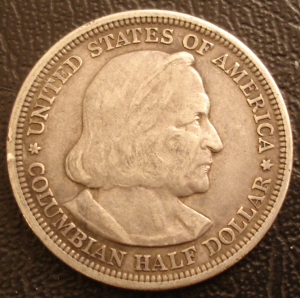
Coin Collecting at the Safir House
1806 Flowing Hair Bust Half Dollar
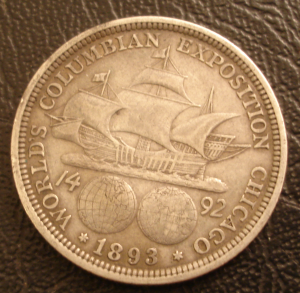

|
Coin Collecting at the Safir House
|

|
The 1806 or more properly, the 1805/6 coinage of US half dollars ran into several mintage problems, some of them errors and some of them just issues of the mint economizing its production. To a degree, these various die examples were just sloppiness on the part of the mint. Its a field day for Bust collectors withover 186,000 coins minted and no less than 23 varieties listed in Walter Breems text. I'm am sure there are more today.

When acquiring or collecting these coins, it is most helpful to have an expert in the field as a guild and mentor, and in my case I have a wonderful relationship with David Kahn, one of the premier Bust Half experts in the world. Aside from getting a great flowing hair bust in VF30, this coin has outstanding providence, which makes it that much more desirable in my mind. This coin came from the Meyer Collection and is an Overton 125 (Rarity 5) die pair. It has pointed number '6' in 1806, and the stems go through the reverse eagles claw. It is not easy to explain this without a photograph. Fortunately we have a description on USA Coin Book If this link dies, as my websites tend to outlive much of the internet, I have a PDF copy in my coins directory.
The Overton 125 variety is harder to describe. There is a detailed discussion of the variety at The Early Half Dollars Information Site. It describes the variety as
Variety Attribution: Obverse-Stars are sharp pointed and close to milling. Date is 8 1/2 mm. and large, with 6 higher than 180. 1 close to curl. Spike like segment between star 7 and L, a similar one between L and I is closer to I. Some specimens begin to show a die crack at base of 180 and like many of these early halves may or may not show various clash marks. O-125: Reverse-5 berries all with stems, the two center ones touch leaves above. Point of leaf close under right base of I. Star point attached to beak just above point of same. A2 clear of both feathers and M. A fine die crack from milling joins right side of O in OF with small lump and extends through clouds into stars.
This is the kind of minute detail that bust experts talk about, and it is why one really needs an expert on your side when you are in the market for these coins. I, myself, am not variety crazy, but the Bust Half groupies dominate this market.
What I do have fascination with, however, is providence. Knowing the lineage of a coin goes a long way to assuring that the coin has never been stolen. This is a Meyer collection coin. According to David Kahn, Charlton "Swampy" Meyer was one of the largest Bust collectors of all time with a completed 450 coin capped bust Overton variety set. He also had other complete sets. Formally known as Charlton "Swampy" Meyer Jr, and he seemed have been closely associated with the dealer Sheridan Downey, who is still dealing coins today (Feb 2022).
Meyer probably got the moniker of "Swampy" because he lived most of his life in Louisiana. Another of the important Jewish coin collectors, he was born on January 6, 1931 and died September 11, 2006, so his life over laps mine. He was associated with the Louisiana Paper company and A. G. Edwards a stock broker and analyst. He contributed numismatic object to the Houston Holocaust museum which had been extensively written about (Questionable issue : currency of the Holocaust : the Charlton E. Meyer Jr. and Gloria B. Meyer Collection of the Holocaust Museum Houston / by Steven Feller ; edited by Stephen T. Johnson ; with major contributions from Lisa Moellering and Ellen Trachtenberg.). So he had a full life aside from his perchance to collect great coins, one of which ended up in my collection.
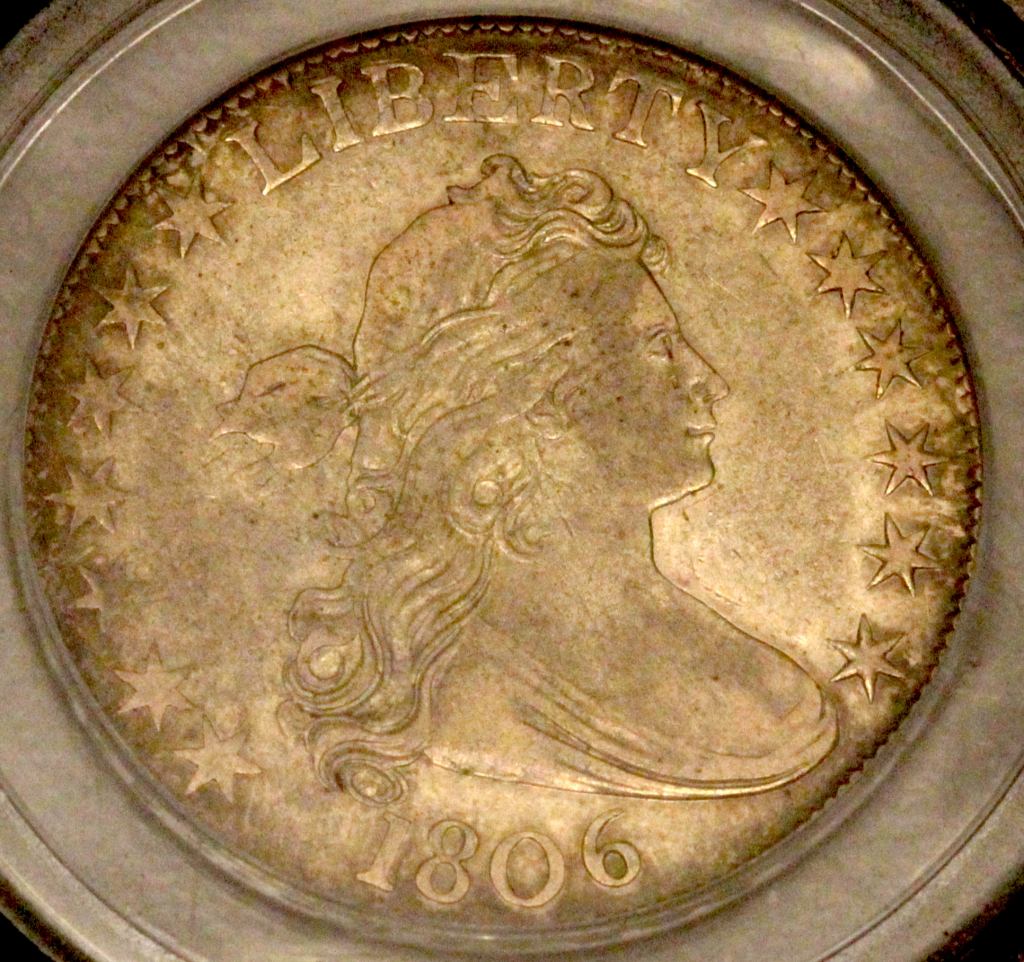
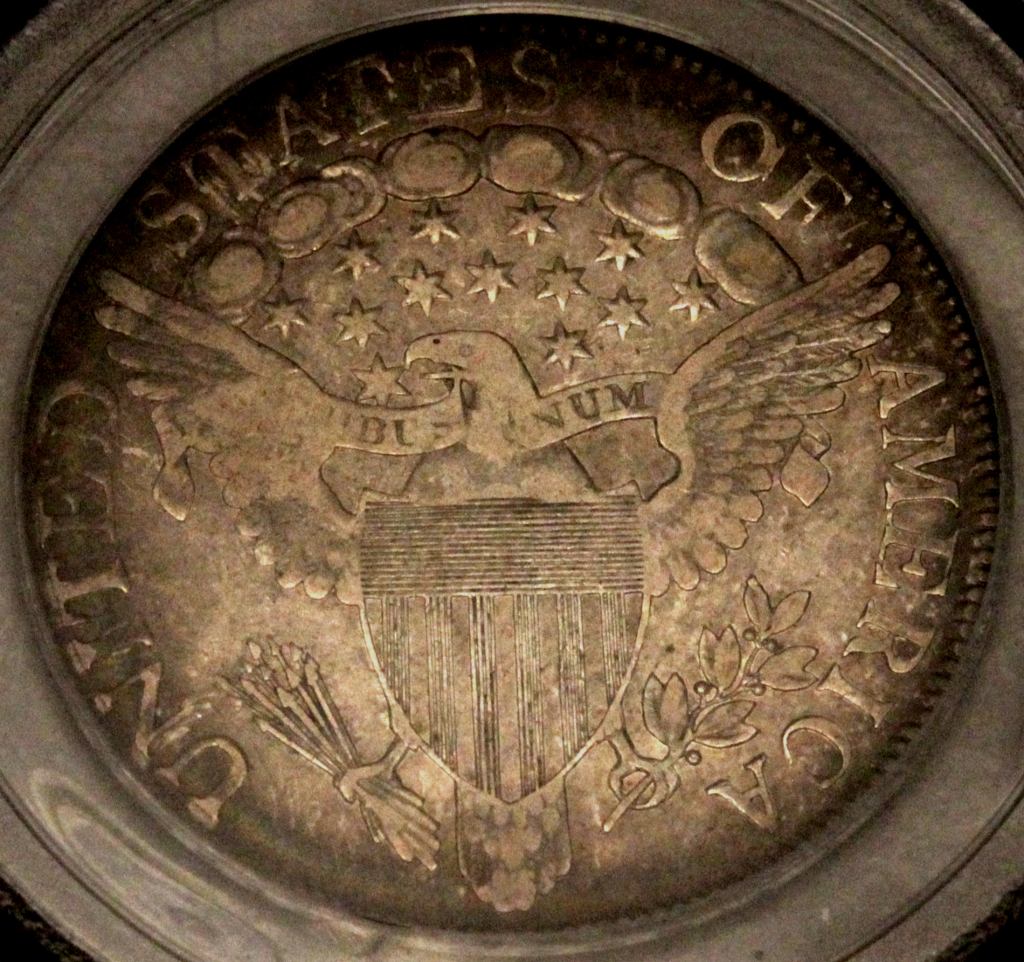
This coin has been particularly hard to photograph and even harder to photo edit. The purpose of photo editing is to bring out the true look of a coin, not to improve it. I tend to get the coins details out of the images, but in this case the coin has an unusual luster (unusual for a VF30 and the reason I purchased this coin). The shield's horizontal strips really can show it off when looked at on an angle. And the fields have real toning. It has a slight peach toning to the fields, and it is almost like the coin was struck proof like, and then circulated but retaining the luster.
Making it hard is that the imaging technology is going through a transformation. The images from the camera are coming out with floating point 32 bit color, but the viewing and editing software outside of the Gimp doesn't tranlation 32 floating point bits colors well at all, especially with the PNG format. I am hoping that the software will all catch up so I can leverage the full image quality. This problem is true for all my photographs going forward. I'll probablyget more images up of this coin in the near future and maybe a video. It has become one of my favorite coins.
It is worth noting that the Heraldic Eagle is the Seal of the United States and the design has the phrase "E Pluribus Unum" which on this coin is either no struck well, or perhaps lost to circulation. But the arrows and the branches are backwards, with the arrows on the left when they should be in the right claw. And there was an interesting discussion on this coin about the nature of the "matted toning", especially below the date. While this is commonly thought of as being an indication of artifical toning, or dipping or even counterfeiting, on these coins, this toning is common. Overall, it is a really lovely coin, especially in the hand.
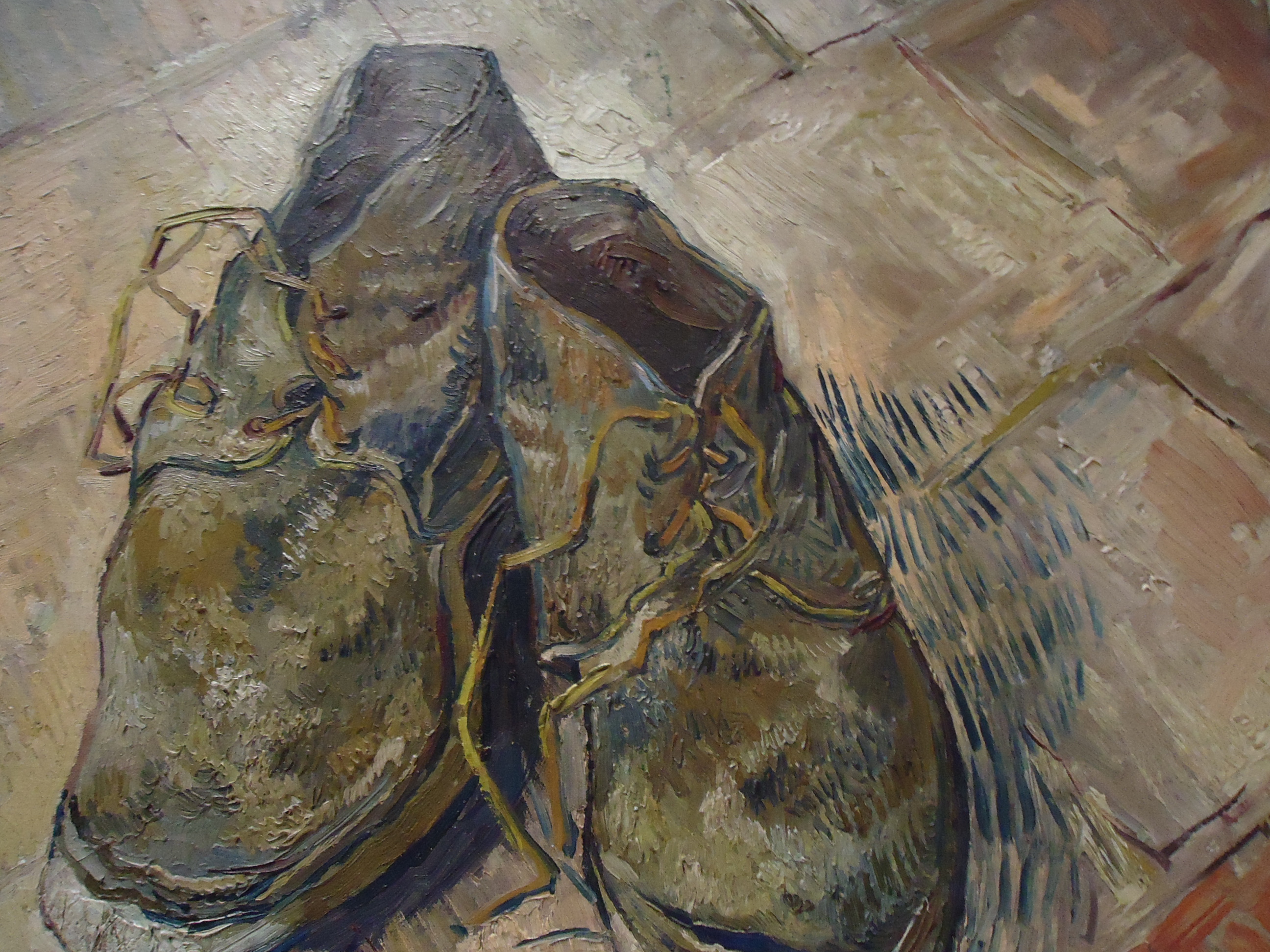
1818 MS63 Capped Bust Half Dollar
Ruben Safir's Front Page
Coin Collection